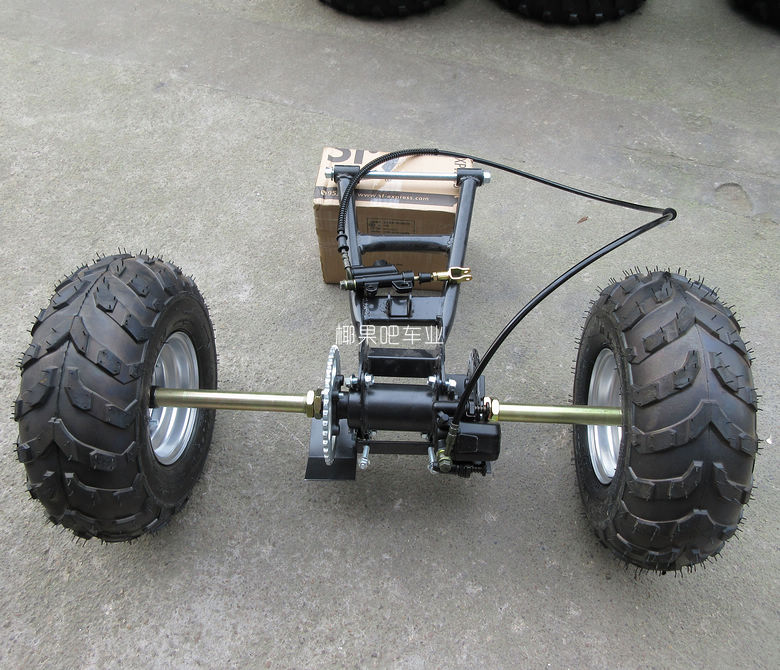By Cameron Dickie
Tools needed: Grease Gun, Grease tool, Pliers, Sockets to remove bolts and nuts, 4 new cotter pins, Chemical-resistant disposable gloves.TECH: WHEEL BEARING SERVICE
People ask, “What is the purpose of greasing new wheel bearings? Don’t the bearings come from the factory with grease?” Well, depending on where and how you ride, your wheel bearings may need added or fresh grease. Most people will add grease when they do a yearly service, or when they have ridden where water or mud was more than axle-deep. Taking care of and lubricating bearings is cheap in comparison to paying for all-new bearings to be installed.
Jack up one end (or side) of your machine and set it on jack stands so that you can safely work with a stable vehicle. Remove the wheel and set it to the side. To make sure that you do not introduce any new dirt into your wheel bearing, we recommend you blow off the area with compressed air.TECH: WHEEL BEARING SERVICE
Greasing bearings has been a chore for centuries, and 4×4 and UTV wheel bearings are very difficult to grease by hand. Bearing packing tools have become commonly available, and they are priced reasonably. These tools can pressure-lube bearings without removing the bearing, or in some cases, they work right over the axle.
With the caliper removed, remove the cotter pin. There are lots of different ways to remove them. We prefer to straighten the folded-over ends as much as possible. Then we use bladed pliers like wire cutters to pull the pin back through the castle nut. You can use almost any plier or screwdriver to pull the pin.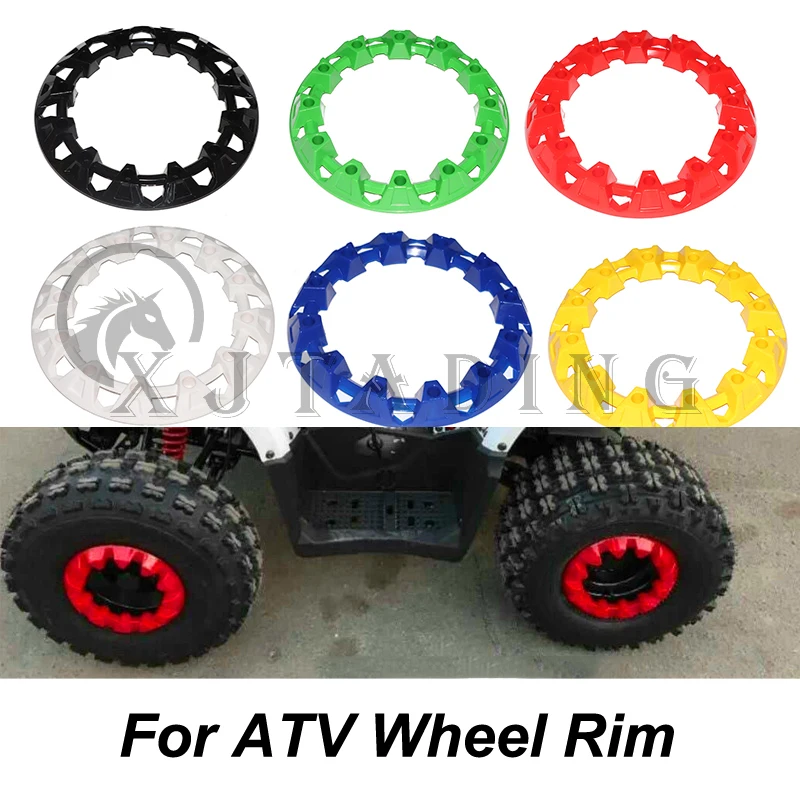 Throw this cotter pin away. You should never reuse a cotter pin. Install a new one.The castle nut is usually very tight, so a larger tool will have to be used. Use a breaker bar or air impact to loosen the nut. You may need to hold the rotor. Have someone hold the brakes or use a pry bar to keep the rotor from spinning. Remove the hub and set it aside for now.
Throw this cotter pin away. You should never reuse a cotter pin. Install a new one.The castle nut is usually very tight, so a larger tool will have to be used. Use a breaker bar or air impact to loosen the nut. You may need to hold the rotor. Have someone hold the brakes or use a pry bar to keep the rotor from spinning. Remove the hub and set it aside for now.
TECH: WHEEL BEARING SERVICE
Naturally, these require a tool for each bearing size, but they have become more common, and CNC machine tools have brought the cost down. You can have a grease tool for your specific machine shipped to your door. We use patent-pending tools from Machined Integrations, LLC at www.customatvutvparts.com.) For the price, it is worth the effort to buy and use the tool to prolong the life of your bearing. It is an easy process that you can do while you are servicing your machine in your garage.
Spray the hub with brake cleaner to get off all the old grease and dirt.
 Then make sure to add a liberal amount of new, clean grease to the splines and the surface area where the bearing rides. This will create a barrier that water and mud must go through before reaching the bearing. It should also make it easier to take this joint apart next time.
Then make sure to add a liberal amount of new, clean grease to the splines and the surface area where the bearing rides. This will create a barrier that water and mud must go through before reaching the bearing. It should also make it easier to take this joint apart next time.TECH: WHEEL BEARING SERVICE
The grease that you use is up to your discretion. There are hundreds of different greases. You are always safe using grease that looks like the stock grease, or even brand-specific grease from the dealer. Grease is basically a heavy oil that is mixed with enough soap to cause it to become clingy or stringy enough to stay in place while the bearing’s rollers or balls are moving. This ensures that the surface area is coated while moving. You do not want to mix different greases, as the soap is based on different compounds and they may not mix well.
Center the axle in the grease tool, then make sure the tool is bottomed out so that the grease will reach the center of the bearing. This is the most important part, and where people make the most mistakes. With the Machined Integrations tools, the entire bearing is greased at the same time with grease exiting four grease ports simultaneously. You are just adding some extra grease to your bearing and not trying to push out all the old grease. This is all the excess grease we had to clean up! At this point remove the tool and set it on a clean rag. You don’t want to allow dirt on it.
This is the most important part, and where people make the most mistakes. With the Machined Integrations tools, the entire bearing is greased at the same time with grease exiting four grease ports simultaneously. You are just adding some extra grease to your bearing and not trying to push out all the old grease. This is all the excess grease we had to clean up! At this point remove the tool and set it on a clean rag. You don’t want to allow dirt on it.TECH: WHEEL BEARING SERVICE
A common mistake that people make is to put as much grease in each bearing as they can force in. This pushes the grease past the seals, and then it will fling the excess grease over your wheels and create a mess. Since you are not able to physically see inside the bearing, the proper amount is a guessing game. Our rule of thumb is four to eight pumps on each large bearing.
The open-wheel bearing will be exposed. Start by using a rag to wipe away the old grease, dirt, and rust around and on the bearing. You can spray brake cleaner to break down the grease to make it easier to wipe off, but do not directly spray it into the interior of the bearing. Having the surface clean will keep the bearing from having any old grease introduced.
You can spray brake cleaner to break down the grease to make it easier to wipe off, but do not directly spray it into the interior of the bearing. Having the surface clean will keep the bearing from having any old grease introduced.TECH: WHEEL BEARING SERVICE
This is an example of how to grease wheel bearings on a 2016 Polaris RZR Turbo, but the technique can be applied to any ATV or UTV.
Torque the castle nut to the factory specification. It will differ between every machine, so do the research and find out the exact spec. You will have to make sure that the hole in the axle lines up with openings in the castle nut for the new cotter pin. Always replace the pin. When the pin is bent and straightened, it creates stress in the pin. It’s a cheap way to make sure it does not cause a problem down the road.
Insert the cotter pin and fold it over. That prevents the castle nut from coming loose.
 When installing the caliper, you may have to pry open the brake pads to get them back over the rotor. It is always a good idea to add a drop of thread locker on the caliper bolts, then torque to factory specifications. Once this is done, spin your hub to get the new grease introduced into the bearing. Make sure that the hub turns smoothly and easily. After the wheel is bolted back on, you are ready to do the other three bearings! The same process applies to the rear of your machine. As long as you are in the area with a grease gun, hit all of the other grease points on your machine! To subscribe to Dirt Wheels Magazine in print or digital form click here https://hi-torque.com/product/dirtwheels.
When installing the caliper, you may have to pry open the brake pads to get them back over the rotor. It is always a good idea to add a drop of thread locker on the caliper bolts, then torque to factory specifications. Once this is done, spin your hub to get the new grease introduced into the bearing. Make sure that the hub turns smoothly and easily. After the wheel is bolted back on, you are ready to do the other three bearings! The same process applies to the rear of your machine. As long as you are in the area with a grease gun, hit all of the other grease points on your machine! To subscribe to Dirt Wheels Magazine in print or digital form click here https://hi-torque.com/product/dirtwheels. Wheel bearings for ATV’S and UTV’S do not come with enough bearing grease to sustain the use that you need, to keep riding without fail.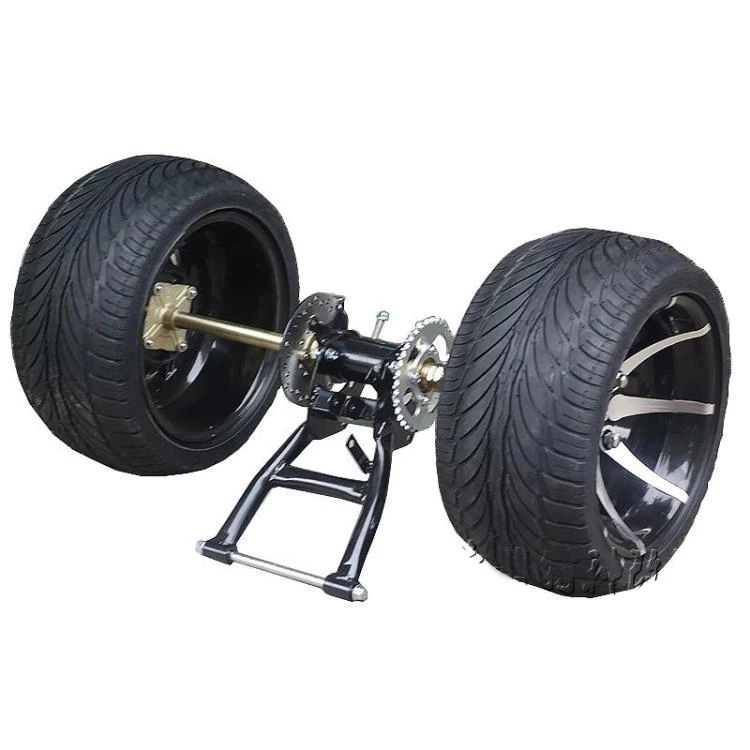 Limited grease leaves voids for water and dirt to enter and remain in the bearings. Don’t let this happen to your investment!
Limited grease leaves voids for water and dirt to enter and remain in the bearings. Don’t let this happen to your investment!
We have developed a Wheel Bearing Greaser Tool that allows you to easily add grease to the bearings. Once your 1/2 shaft is out, or when you have a new bearing on your bench, simply use the Greaser Tool to push the grease into the bearing. You can see it work: When you pump, the grease will fill the cavity and excess will be eventually evident out of the sides of the bearing, so you know it’s full. Then, simply pull the Greaser Tool back out.
Customers have reported back that they were able to add 30 shots of grease into a bearing before it was full.
Use these as preventative maintenance on your existing bearings. If water or dirt exists in your current bearings, you may see water being evacuated when grease is being added.
Replacing your bearings with new? Add grease before installing. You will greatly extend the life of the bearings.
Depending on your machine make and model, one (1) or two (2) Tool Greasers may be required. The prices are $50 for one (1) unit or $90 for two (2) units, which includes shipping within the continental US; except Alaska and Hawaii),
– Arctic Cat
Most ATV / UTV inc. Wildcat and Prowler
– Can-AM
Most Maverick, Outlander, Commander, Renegade, & Traxter
– CF Moto*
– Honda *
– Kawasaki
Most Brute Force, Prairie, Mule, Teryx, etc
– Polaris
Most RZR, Ranger, Sportsman (inc. XP series), & Scrambler
– Suzuki*
– Yamaha
Most Grizzly, Wolverine, Big Bear*, Kodiak*
*Denotes Some Select Models
We have Bearing Greasers for these and other ATV / UTV Machines!
Wheel bearings for ATV’S and UTV’S do not come with enough bearing grease to sustain the use that you need, to keep riding without fail.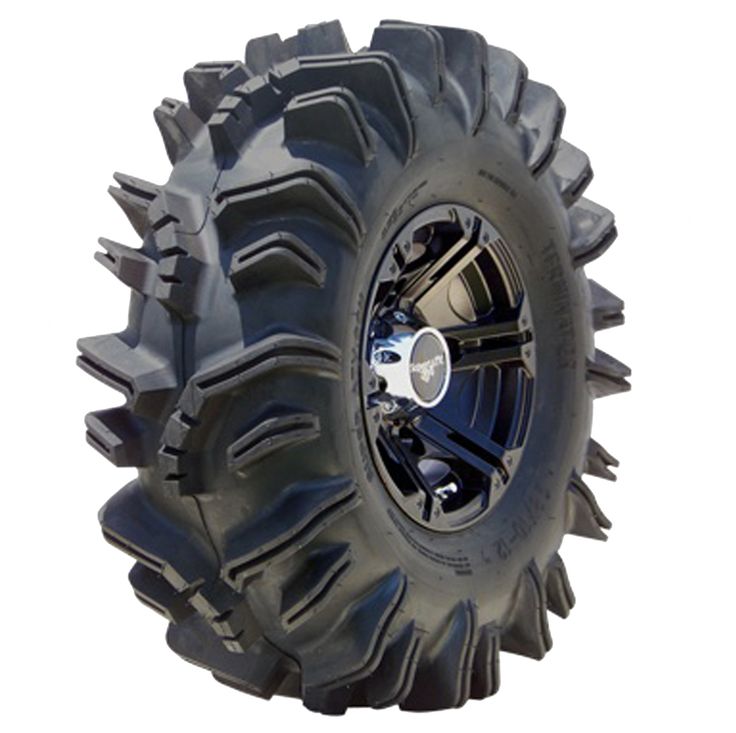 Limited grease leaves voids for water and dirt to enter and remain in the bearings. Don’t let this happen to your investment!
Limited grease leaves voids for water and dirt to enter and remain in the bearings. Don’t let this happen to your investment!
We have developed a Wheel Bearing Greaser Tool that allows you to easily add grease to the bearings. Once your 1/2 shaft is out, or when you have a new bearing on your bench, simply use the Greaser Tool to push the grease into the bearing. You can see it work: When you pump, the grease will fill the cavity and excess will be eventually evident out of the sides of the bearing, so you know it’s full. Then, simply pull the Greaser Tool back out.
Customers have reported back that they were able to add 30 shots of grease into a bearing before it was full.
Use these as preventative maintenance on your existing bearings. If water or dirt exists in your current bearings, you may see water being evacuated when grease is being added.
Replacing your bearings with new? Add grease before installing. You will greatly extend the life of the bearings.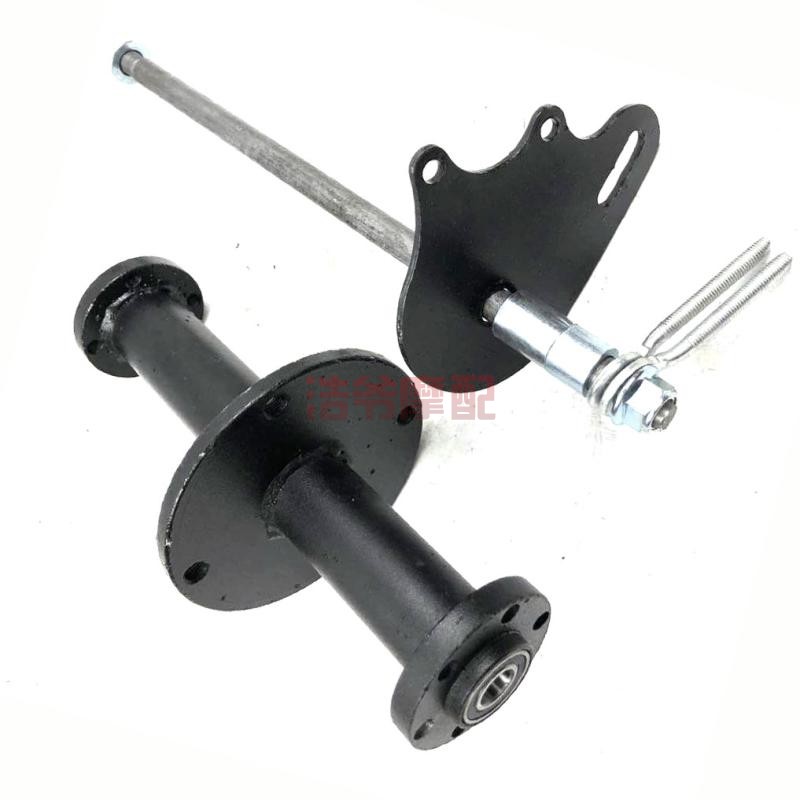
Depending on your machine make and model, one (1) or two (2) Tool Greasers may be required. The prices are $50 for one (1) unit or $90 for two (2) units, which includes shipping within the continental US; except Alaska and Hawaii),
Watch our Youtube Product Reviews
“I have a 2013 Polaris Sportsman 550 Touring with very low miles. I saw the Machine Intergrations product on U Tube and thought it was interesting. Purchased the MI-BGP-1628 which was for my model. I opted to remove the front bearing housing as it made it easier to grease. A bit more work but worth it. All four bearings took over twenty shots of grease. Spin the bearings and another four shots of grease. Not a doubt that this was highly beneficial as well as VERY easy to do. A great product at a great price. ” – Doc M. (via email)
“This is the best tool I’ve used! I put over 15 shots of grease in 1 bearing!” – Dan H.
“It’s simple to use! Pop it in the bearing, pump it with grease, and pop it right back out! It’s that easy!” – William R.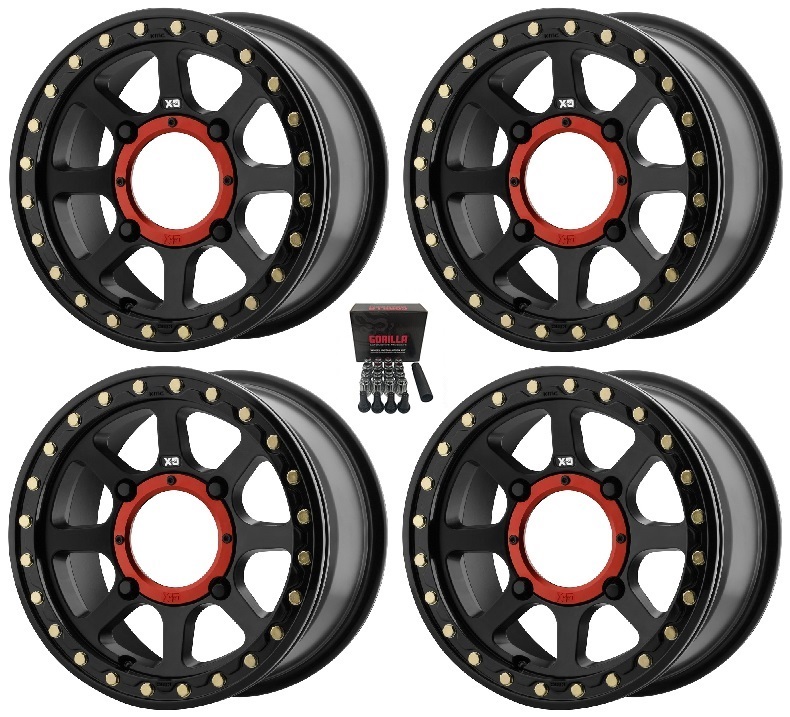
“Awesome product and super fast shipping. thanks” – Dex… (eBay buyer)
“Awesome!! Worked perfectly! GREAT DEAL!!! Fast shipping! ” – smallbatch9yr (eBay buyer)
“Above and beyond all expectations! Extremely fast shipping” – Coreybeaver (eBay buyer)
“Great product and great people to deal with thanks ” – Damonnichols (eBay buyer)
“Awesome ty . Replaced all bearings. 17-22 pumps of grease. Ty” – ridingclassicmc (ebay buyer)
“Works great! Could not ask for a better Product!!” – (eBay buyer)
“Love this greaser already!!” – (ebay buyer)
“Great product fast shipping. Will buy more for different applications” (ebay buyer)
“A+ bearing greaser worked great on my new bearings!! Thanks fast shipping too!!” (ebay buyer)
Choose one of four convenient ways to order:
1) Visit our secure online store:
MI Online Store
2) Visit our ebay store link:
Bearing Greasers on eBay
3) Call us at 603-420-8871 (M-F 9 AM to 6 PM Eastern time).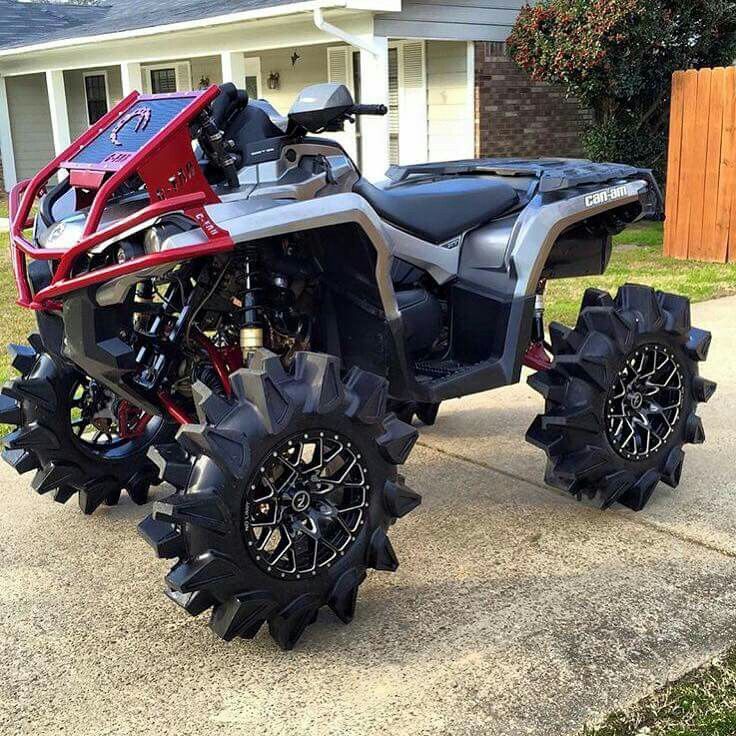 We can take your credit card over the phone.
We can take your credit card over the phone.
4) Email us direct [email protected]
– We will need your contact information with phone number
– Year/make/model of machine
– If you are placing an order
– Full name and shipping address
– Give valid email address for invoice to be sent. You can pay the invoice by credit card.
(We also accept PayPal – please state if that is your preference)
Lubrication for wheel bearings protects them from wear and facilitates the sliding of the contact surfaces, which contributes to the easy rotation of the wheel, reducing the load on the engine and chassis of the car.
0.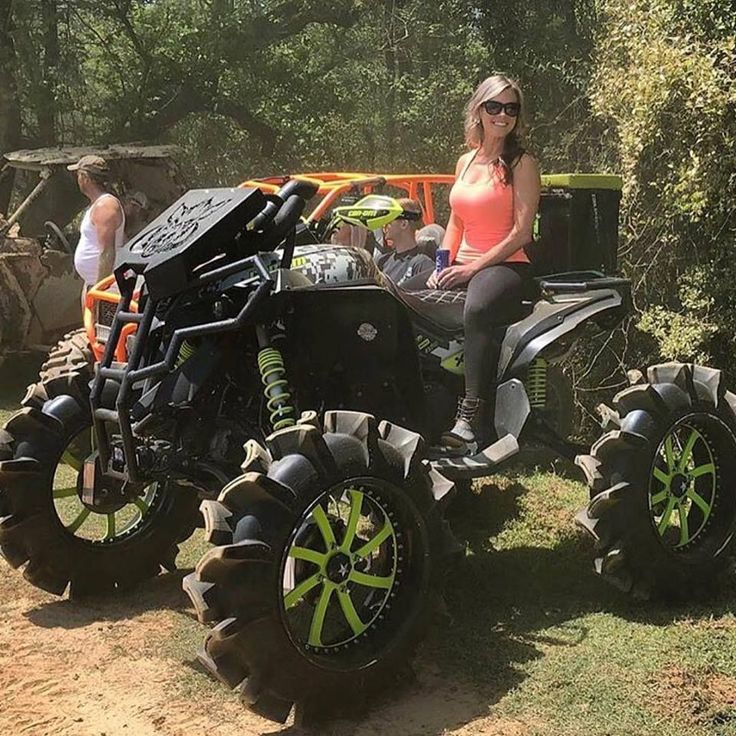 0
0
best choice
Excellent general purpose heat resistant grease. It is made on the basis of mineral oil thickened with lithium complex soap. Operating temperature range from -30 to +160 °C.
EFELE MG-213 has mechanical stability, increased bearing capacity, and is resistant to water washout. The grease is characterized by high anti-corrosion and anti-wear properties, has a long service life.
In addition to wheel bearings, this material is also relevant in other parts of the chassis of cars and special equipment. In industry, it is used to maintain woodworking, polymer and metallurgical equipment, bearings of drying ovens, fans and electric motors.
EFELE MG-213 is the best wheel bearing grease. With very high performance, its cost is lower than that of popular analogues. For more information about this material, see the video review.
0.0
Plastic mineral grease based on lithium soap. Operating temperature range from -25 to +120 °C.
Molykote Multilub prevents corrosion, galling, scuffing and seizing. It is not washed out by water, has a long service life, high bearing capacity.
This grease is used not only in wheel bearings, but also in friction units of fans and electric motors, conveyor systems and metalworking machines. Suitable for gears, splines and sheathed flexible shafts.
Molykote Multilub loses to EFELE MG-213 in terms of cost, operating temperature range and availability.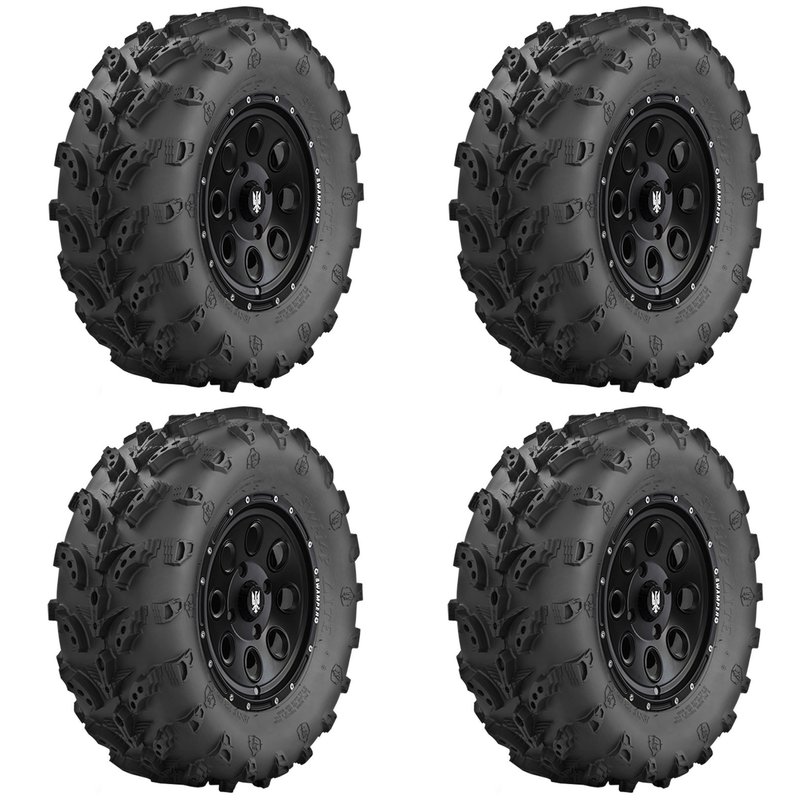
0.0
Green colored grease based on mineral oil and lithium complex. Operating temperature range from -30 to +150 °C.
Fuchs Renolit LX EP 2 provides surface protection against corrosion and wear, and is resistant to mechanical degradation and oxidation. Possesses the increased bearing ability and long service life.
The grease is intended for maintenance of friction units of the undercarriage of cars and special equipment, suitable for industrial equipment.
Fuchs Renolit LX EP 2 has stable performance, but loses to the leaders in terms of thermal and water resistance.
0.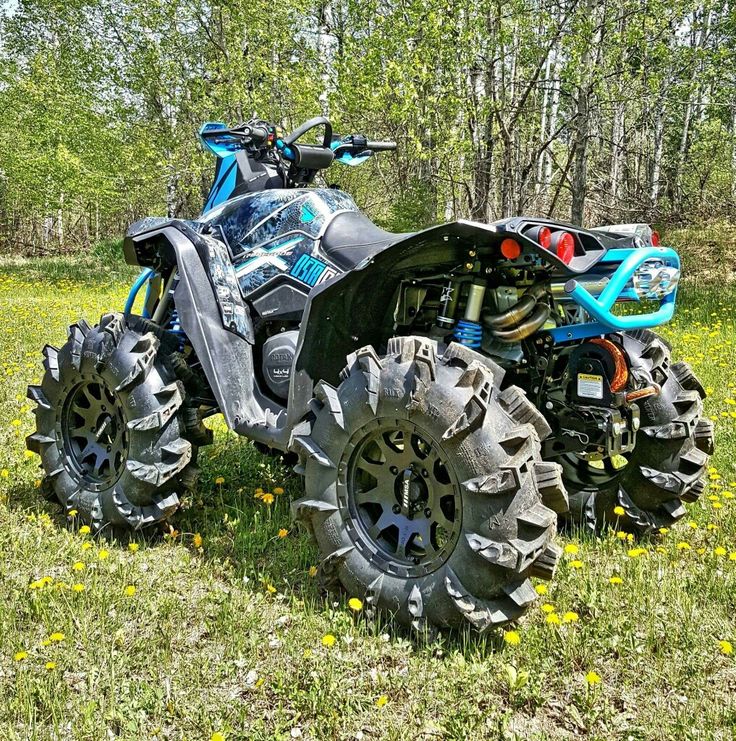 0
0
Mineral grease based on lithium complex soap. Operating temperature range from -25 to +150 °C.
Mobilgrease XHP 222 is water resistant, protects bearings from corrosion and wear, prevents scuffing, and will not degrade or oxidize at high temperatures.
This material can be used both in the chassis of automotive and special equipment, and in industrial equipment, marine and agricultural equipment.
In terms of its characteristics, Mobilgrease XHP 222 is inferior to Molykote grease, and at a price much superior to the Russian EFELE MG-213.
0.0
Multi-purpose mineral grease based on a lithium complex. Operating temperature range from -15 to +150 °C.
Shell Gadus S3 V220C 2, in addition to wheel bearings and other elements of the running gear of vehicles, is used in loaded assemblies of foundry, vibration, mining, crushing equipment and roller conveyors.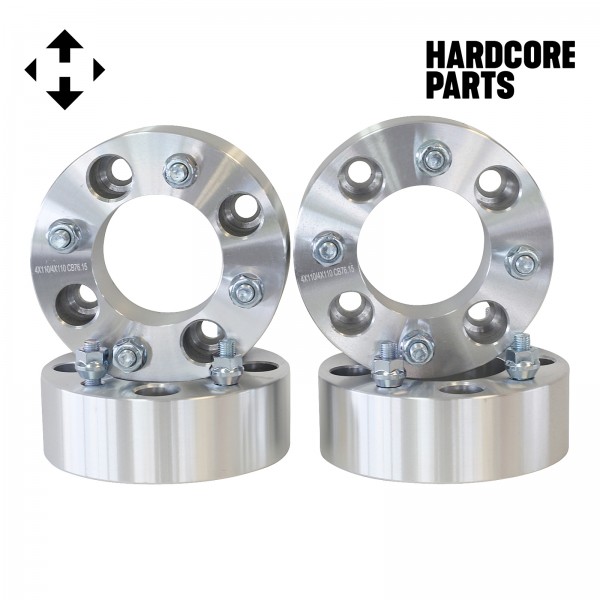
The grease is resistant to increased vibration loads, water and high temperatures. It holds well on surfaces, protects them from wear and corrosion, and also has a long service life.
Shell Gadus S3 V220C 2 has the lowest frost resistance among all the lubricants presented, which sharply limits its scope.
A quality wheel bearing grease must meet a number of requirements:
Ideally, the grease should maintain its performance at temperatures from -40°C (possibly lower) to +140°C.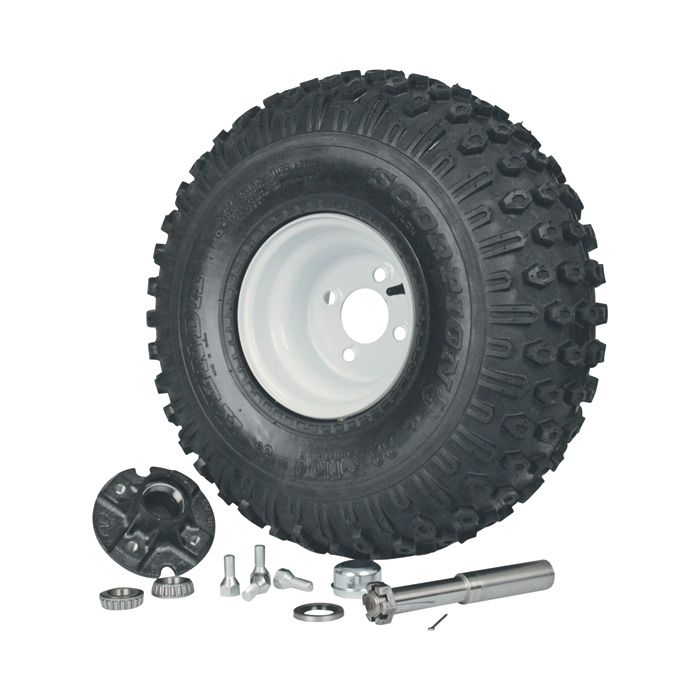
Currently, lithium and molybdenum greases are most often used for wheel bearings. Let's consider these groups in more detail.
The most common and widely used not only for servicing wheel bearings, but also for other vehicle components. Materials based on mineral, synthetic and semi-synthetic base oils thickened with lithium soap or lithium complex.
Lithium greases have a high resource and a fairly affordable price. They operate at loads up to 2800 N, protect components from corrosion, are not washed out by water, and have sufficiently high antiwear and extreme pressure properties.

Other properties of these greases depend on the characteristics of the base oil. For example, silicone lithium greases have a low coefficient of friction and high dielectric properties, and are resistant to aggressive chemicals. Materials based on essential synthetic oils withstand very high speeds (over 1300000 mm * rpm), and also have noise-canceling abilities.
Greases based on polyalphaolefin (PAO) oils have very low pour points, are characterized by low coking capacity, high thermal stability, and oxidation resistance.
In complex lithium greases, the base oil is thickened with soaps of lithium salts of acetic, adipic, azelaic and other acids. They feature a wider operating temperature range, greater resistance to water, high mechanical stability and reduced oil separation.
Lubricants with molybdenum disulphide (MoS2) as an anti-friction additive. Just like lithium, they can be mineral, synthetic and semi-synthetic.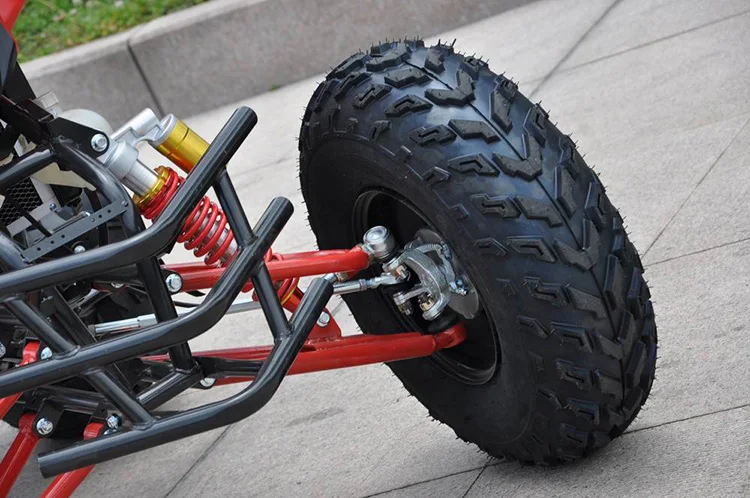
Molybdenum disulfide particles form an additional lubricating layer on the surfaces of parts, which protects them from abrasive wear, scuffing and corrosion.
In case of evaporation of the base oil, M o S 2 takes over the lubricating function, and the lubrication starts to work as an emergency lubrication.
Molybdenum greases have a high load carrying capacity and can operate under very high loads. As a rule, they are laid down for the entire service life of the wheel bearing.
The downside of molybdenum materials is that with prolonged exposure to water, abrasive particles are formed in them, which adversely affect the condition of the bearings. Therefore, in case of violation of their tightness, the lubricant needs to be replaced.
Not all lubricants are suitable for servicing wheel bearings. For example, grease, with a sharp increase in temperature, ceases to protect parts from wear. Graphite lubricants contain abrasive ingredients that can damage metal surfaces. Sodium and calcium greases are excellent at reducing friction, but do not protect components from corrosion. Silicone lubricants quickly lose their properties under rather severe operating conditions of wheel bearings.
SHRUS-4 is technically suitable for use in wheel bearings, however, experts recommend using it in more “rough mechanisms. Zinc and iron greases, although designed for rolling bearings, are more suitable for industrial equipment than for hubs.
Preservative lubricants generally satisfy the operating conditions of the hub assembly, but do not work well under high loads.
It is also not recommended to mix several types of lubricants in a bearing - it is not known what results this can lead to.
Many automakers regulate the lubricant resource for hub bearings by 35-45 thousand kilometers. However, taking into account the conditions and intensity of operation of the car, this period can be adjusted downwards.
When choosing a lubricant, you should focus on the type of bearing, the grade of steel from which it is made, the workload of the assembly, its speed of rotation, the frequency of vehicle operation, and other factors.
Practice shows that heat-resistant lubricants are best suited for wheel bearings, which are applied to the units in the optimal amount. Too little lubricant can cause the bearing to seize, and too much can squeeze the lubricant out of the assembly.
Lubrication of a wheel bearing is not the most difficult operation, which, with a certain set of tools, is quite affordable for every car owner.
Pre-prepare grease, rags, oil seals, hub nuts, a hammer, a set of wrenches, a puller (you can use a flat screwdriver), flushing fluid (gasoline, acetone) or a special cleaner.

Maintenance of a car with drum brakes is carried out without removing the hub, the procedure remains the same.
Photo avtovzglyad. ru
Even the most irresponsible owner of an ATV suspects the need to change the oil in the engine, gearbox and gearboxes in a timely manner. But what to do with the undercarriage of an all-terrain vehicle, so that it faithfully serves for many, many seasons, even hardened lovers of mud are not always known. The portal "AutoVzglyad" will help to understand the problem.
Dmitry Zlenko
ATV chassis can, by and large, be considered a consumable item. Some manufacturers make parts and assemblies with a large margin of safety (for example, to make a hodovka on a Yamaha Grizzly, you need to really try), others deliberately underestimate the resource life in order to force brand fans to visit dealer service centers as often as possible.
Chinese, Russian and some American manufacturers especially sin with such a "customer-oriented" approach. Meanwhile, in order to extend the service life of even a not very hardy walker, it is enough to regularly service it even with inexpensive, but extremely effective means.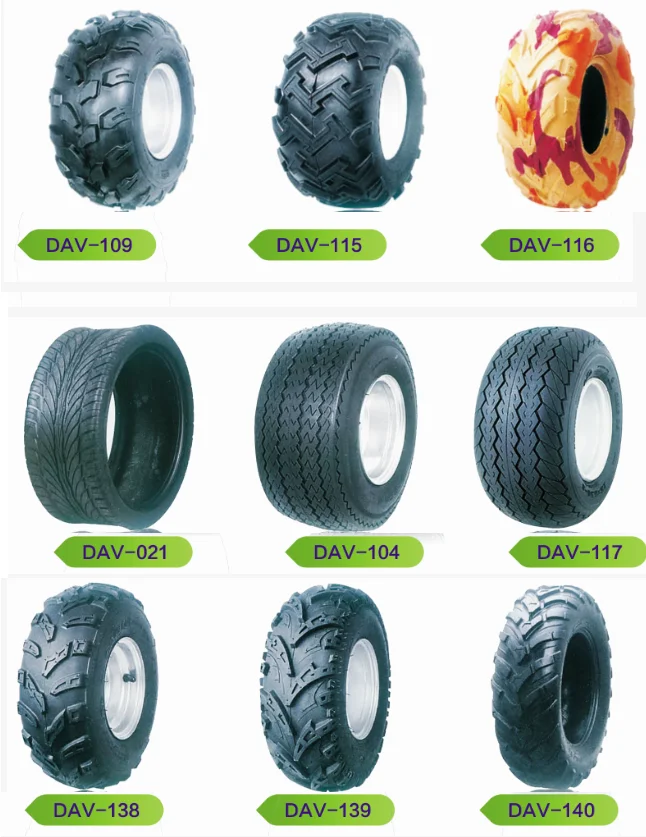
Photo avtovzglyad.ru
Let's start with the suspension arms. If there are silent blocks in them - levers, then nothing needs to be serviced here, we just ride until the silent blocks are "tired". But much more often, quadric levers work on pressed plastic bushings, inside of which there are spacer metal bushings.
When driving through mud, water with small fractions of sand inevitably gets inside this structure, and the plastic bushings begin to wear out, and the metal bushings begin to rust. To prolong the life of the suspension arms and knuckles, after each ride, these components must be injected with grease. And best of all, as practice shows, this should be done with the help of high-temperature grease for LM 50 Litho HT bearing hubs. It is clear that temperature anomalies do not occur in the bushings of the suspension arms, but the beauty of the drug is that it is universal: that is, this “gel” can process both bushings of fists and suspension arms, as well as driveshaft crosses and wheel bearings.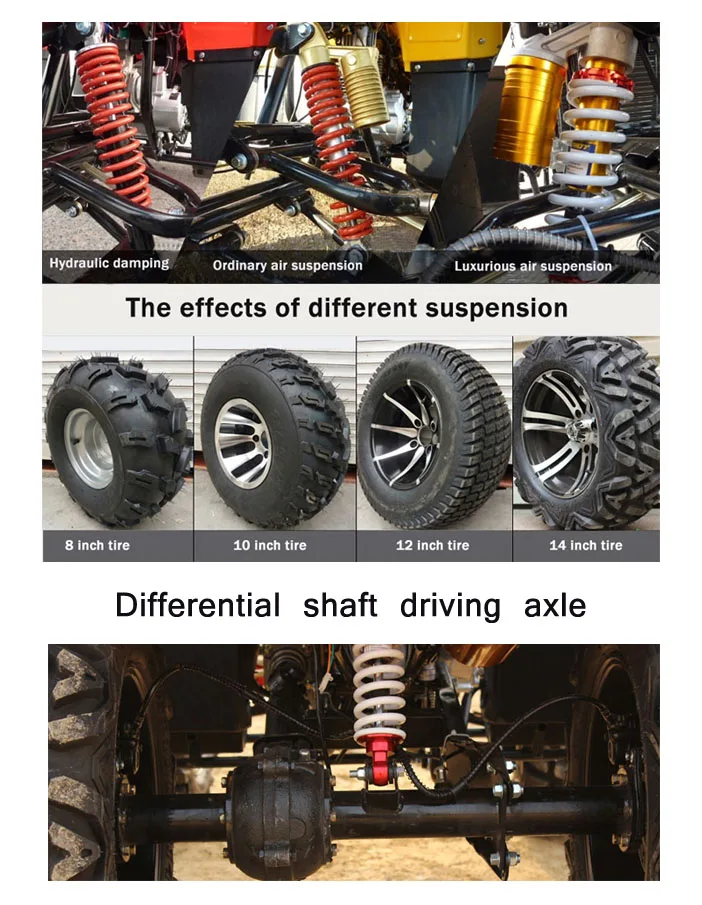
It should be noted that LM 50 Litho HT absorbs shock loads well, adheres excellently to the surface, and is highly resistant to water. The temperature range of its use is from −30°С to +140°С. And do not forget that regular maintenance of the walker not only prolongs its service life, but also guarantees your safety. After all, a wheel that has fallen off at speed or a wheel bearing that has become wedged is not such a rare occurrence for ATVs.
Photo avtovzglyad.ru
Photo avtovzglyad.ru
True, to do this simple procedure is oh how difficult. Since bolts with a nut tend to rust, sometimes the threaded connection will turn sour so that the wrench will break rather than the nut will break off. Another product from Liqui Moly will relieve such torment - a rust solvent with molybdenum disulfide MoS2-Rostloser.
This spray is specially designed to remove rust and facilitate the subsequent dismantling of threaded connections in cases where the threads are damaged by corrosion. The agent perfectly dissolves iron oxides and has a high penetrating power. And a special substance, molybdenum disulphide (MoS2), provides lubrication to the threads, which levels the presence of damage caused by corrosion on it. To unscrew the soured rusty nut, just pop on the connection, wait a few minutes and take the keys. By the way, MoS2-Rostloser, among other things, protects the parts treated with it from corrosion. A very useful tool for any country garage, because it is useful not only for the repair and maintenance of an ATV.
The agent perfectly dissolves iron oxides and has a high penetrating power. And a special substance, molybdenum disulphide (MoS2), provides lubrication to the threads, which levels the presence of damage caused by corrosion on it. To unscrew the soured rusty nut, just pop on the connection, wait a few minutes and take the keys. By the way, MoS2-Rostloser, among other things, protects the parts treated with it from corrosion. A very useful tool for any country garage, because it is useful not only for the repair and maintenance of an ATV.
There are parts in ATVs and UTVs that, on the one hand, need care and lubrication, but on the other hand, the use of “greasy”, non-drying compounds is not allowed, since this will stain riders' clothes. For example, ATV seat locks, buggy door hinges, UTV pedal assemblies. But for knowledgeable people, this, frankly, is not a problem.
Photo avtovzglyad.ru
Photo avtovzglyad. ru
ru
So, in the Liqui Moly product line there is a dirt-repellent white grease Wartungs-Spray weiss. The agent forms a lubricating layer to which dirt, dust and moisture do not stick. And what's more: it prevents the formation of rust in the places of application, prevents the formation of so-called frictional corrosion. The resulting soft layer of non-sticky lubricant tightly “clings” to the contact point, reducing the friction of parts and protecting, among other things, from freezing of parts.
A logical question: is it possible to treat ignition locks with this lubricant, because, after all, moisture also gets into them and the larva eventually becomes completely unusable. In principle, nothing bad will happen to the castle, but white stains around will hardly please. And if you consider the ignition locks of BRP ATVs, into which keys with chips are inserted, then the use of such a composition can, in theory, prevent normal reading of the code.
In fact, for servicing ignition locks and other contact areas where a non-tacky lubricant is needed and oil or silicone compounds cannot be used, Liqui Moly has developed a PTFE-Pulver-Spray Teflon Spray.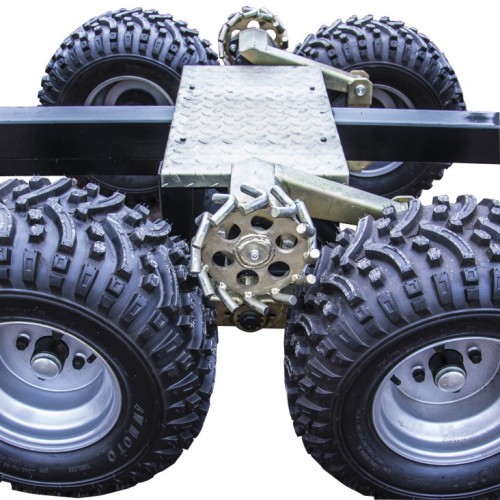 It forms a dry, transparent and at the same time water-repellent layer on rubbing surfaces, to which dirt and dust do not stick at all. PTFE-Pulver-Spray is free from oils, fats and silicones and is neutral even to sensitive plastics and rubber. It's a little expensive, but the investment, as they say, is worth it ...
It forms a dry, transparent and at the same time water-repellent layer on rubbing surfaces, to which dirt and dust do not stick at all. PTFE-Pulver-Spray is free from oils, fats and silicones and is neutral even to sensitive plastics and rubber. It's a little expensive, but the investment, as they say, is worth it ...
Photo avtovzglyad.ru
Photo avtovzglyad.ru
Another chemical composition useful for a country garage is a colorless silicone grease Silicon-Spray. Used to lubricate contact areas containing plastic or rubber parts.
Liqui Moly Silicon-Spray eliminates plastic squeaks (especially true for quadrics, because all of their bodies are made of plastic, which eventually begins to make extraneous sounds as a result of friction of one part articulated with another. In addition, the product protects rubber and plastic parts from drying and exposure to ultraviolet light.
Photo avtovzglyad.